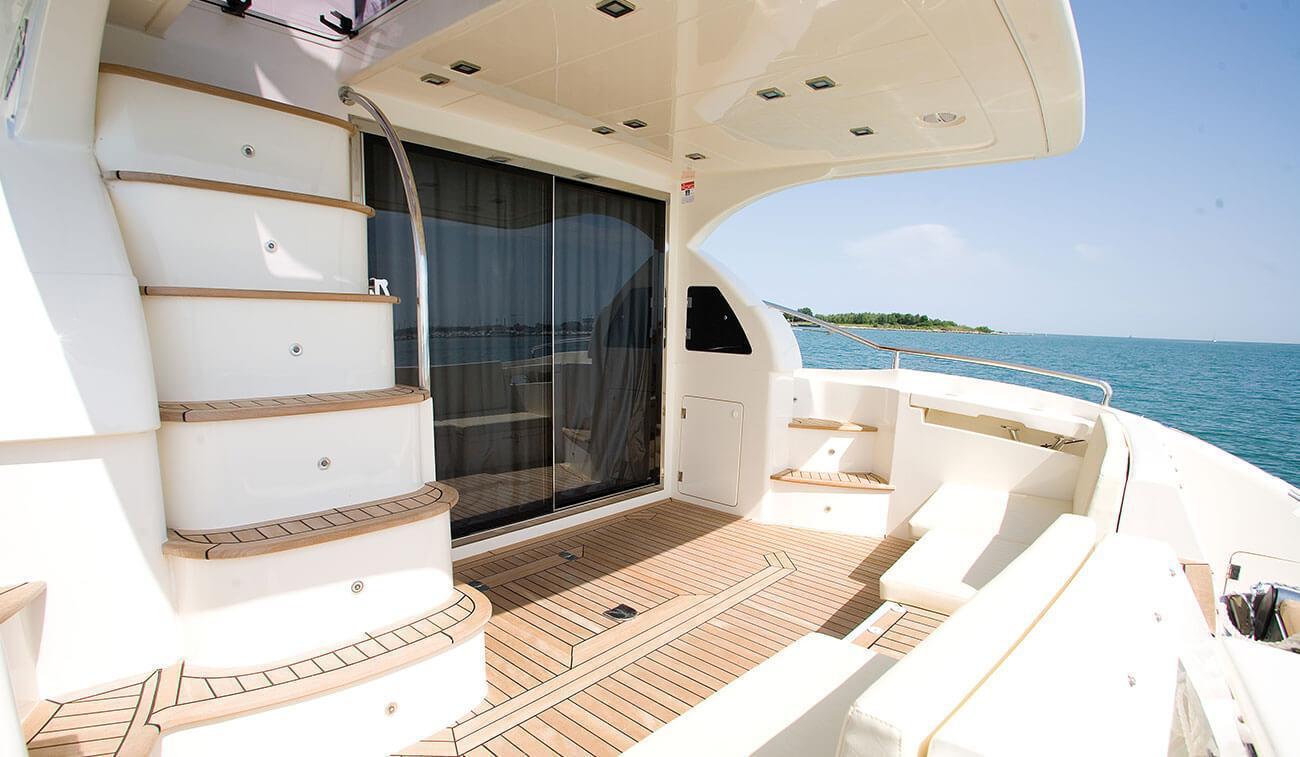No Cruizes in the cart.

Accessories
When it comes to sailing ships, there are various accessories and equipment that can enhance your sailing experience and ensure safety on the water. Here are some common sailing ship accessories:
- Sails: Sails are a fundamental part of a sailing ship. Depending on the type of sailing ship, you may have different types of sails such as mainsails, jibs, genoas, spinnakers, or gennakers. Sails come in different sizes and materials, and it’s important to choose the appropriate sails for the wind conditions and sailing style.
- Rigging: Rigging refers to the system of ropes, wires, and fittings that support and control the sails. It includes components like mast, boom, standing rigging (shrouds and stays), running rigging (halyards, sheets, and control lines), and blocks. Proper rigging is essential for sail control and maneuvering the ship effectively.
 Navigation Equipment: Navigation equipment helps sailors determine their position, plot courses, and navigate safely. Common navigation instruments for sailing ships include a compass, charts, GPS (Global Positioning System), depth sounder, wind instruments (anemometer), and radar. These tools aid in navigation, weather monitoring, and collision avoidance.
Navigation Equipment: Navigation equipment helps sailors determine their position, plot courses, and navigate safely. Common navigation instruments for sailing ships include a compass, charts, GPS (Global Positioning System), depth sounder, wind instruments (anemometer), and radar. These tools aid in navigation, weather monitoring, and collision avoidance.- Safety Equipment: Safety should always be a priority when sailing. Essential safety equipment for sailing ships includes life jackets or personal flotation devices (PFDs), throwable flotation devices, signaling devices (flares, horns, or whistles), fire extinguishers, first aid kits, and emergency beacons. Additionally, having a well-stocked and maintained onboard safety kit is crucial.
- Anchoring Gear: Anchoring gear allows sailors to secure the ship when not under sail. It typically includes an anchor, chain or rope (anchor rode), and a windlass or winch for handling the anchor. The anchor’s size and type depend on the sailing ship’s size, weight, and the type of seabed where you intend to anchor.
- Communication Equipment: Communication devices ensure connectivity and safety while sailing. Common communication equipment for sailing ships includes VHF radios (Very High Frequency), cell phones, and emergency position-indicating radio beacons (EPIRBs). These devices enable communication with other vessels, emergency services, and land-based support.
- Deck Hardware: Deck hardware consists of various fittings and accessories on the ship’s deck. These include cleats, winches, tracks, blocks, fairleads, and cam cleats. Deck hardware assists in sail control, line handling, and adjusting the ship’s rigging.
- Comfort and Convenience: Depending on the size and type of sailing ship, there may be additional accessories for comfort and convenience. These can include items like bimini tops or dodgers (to provide shade and protection from the elements), cockpit cushions, deck chairs, galley equipment (stove, refrigerator), and onboard entertainment systems.
Remember that the specific accessories and equipment you may need will depend on the type and size of the sailing ship, your sailing goals, and the local regulations and safety requirements. Always prioritize safety and ensure that you have the necessary skills and knowledge to handle the accessories and equipment properly.


Leave a Reply